Jumping Worms! The Worm That Is Taking Over Gardens Everywhere And How To Control Them In Yours
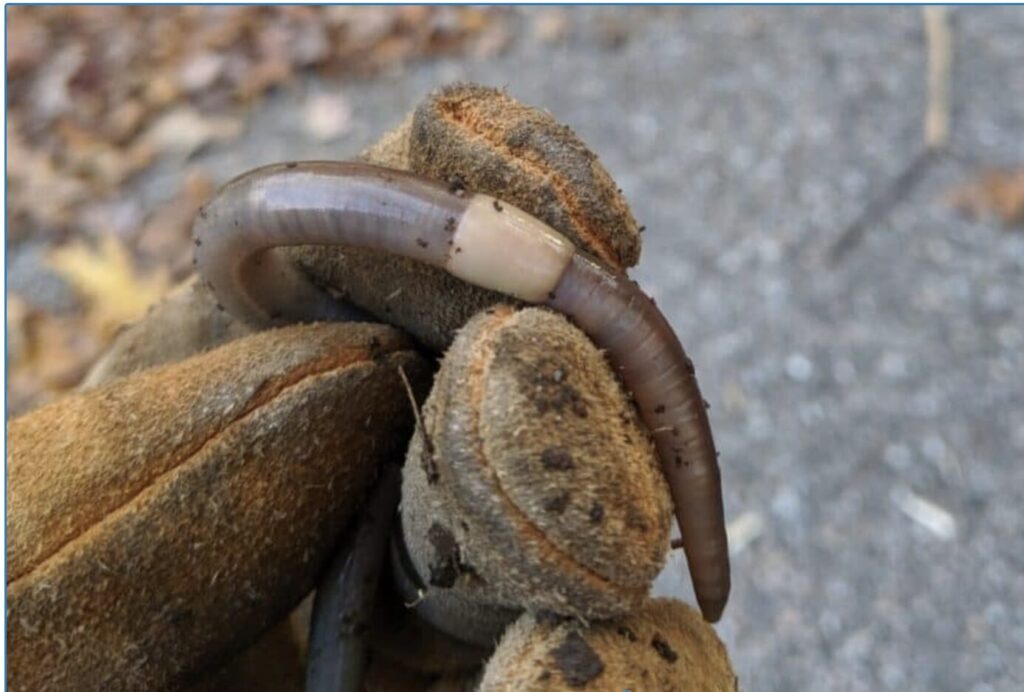
Asian jumping worm. Photo:Jeffrey Dorwart via Shutterstock_
by Dede Wilson
The following article by Dede Wilson appeared originally in The Queen Zone on April 22, 2024. It is reposted here under Creative Commons license (CC BY 2.0 DEED) and with permission of the Queen Zone editors. See also the Indy’s previous report on jumping worms, “Got Invasive Jumping Worms in Your Garden? UMass Extension Has Solutions.”
Asian jumping worms, scientifically known as Amynthas agrestis, are a group of invasive earthworms native to East Asia. They are also commonly referred to as crazy worms, snake worms, or Alabama jumpers. Unfortunately, they are now found in various parts of the world, including at least a dozen states in North America. They are highly invasive and damaging to the soil, and ecosystems in general. Here is what you need to know to identify them – and what you can do to minimize their impact.
What Are Jumping Worms?
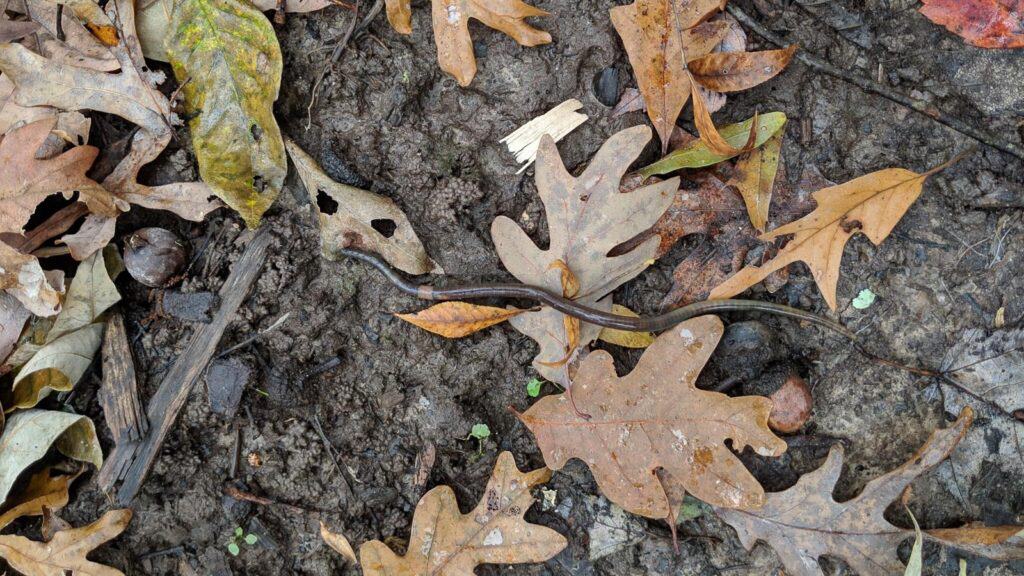
These worms are distinguished by their unique behavior of thrashing and writhing vigorously when handled or disturbed, which gives them the appearance of “jumping.” Unlike traditional earthworms which burrow deep into the soil, jumping worms typically reside in the upper organic layer, where they feed on decaying organic matter, leaf litter, and root systems.
How Did They Get to The U.S.?
It is believed that they first arrived in North America sometime in the late 19th century, most likely in imported plants and other horticultural and agricultural materials.
Jumping Worms Can Be Everywhere
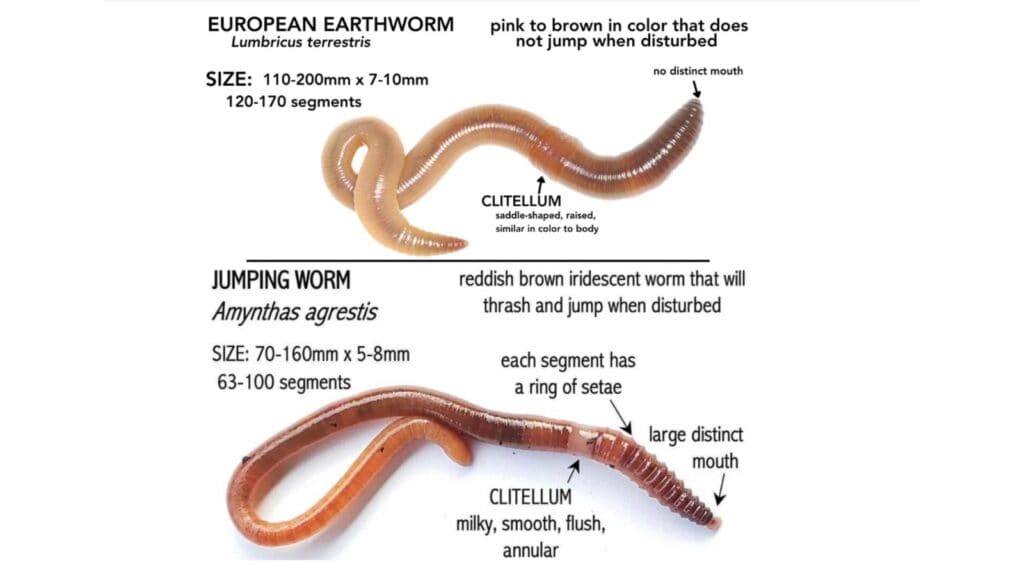
Jumping worms are highly adaptable and can thrive in various environments, including forests, gardens, and agricultural fields. They reproduce rapidly and have been known to easily outcompete native earthworm species, disrupting soil ecosystems and native plant communities. Additionally, their presence can attract predators and disrupt food webs, further impacting the balance of local ecosystems.
They Threaten Ecosystems
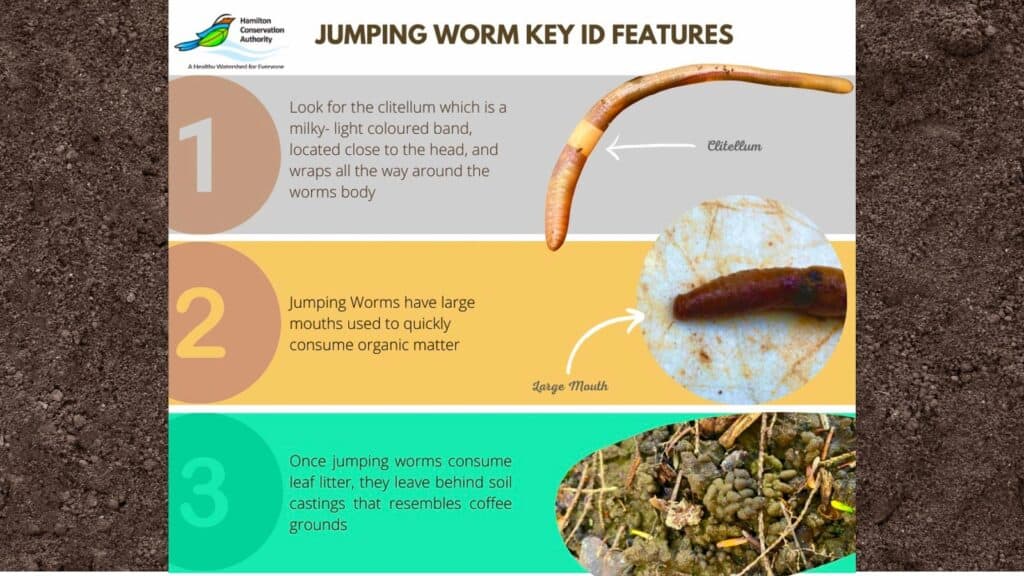
While they die back in areas with cold winters, their microscopic eggs survive the chill to hatch next spring. Due to their invasive nature and destructive impact on soil health, jumping worms pose a significant threat to natural ecosystems and agricultural systems alike.
What Do Jumping Worms Do?

One of the most alarming characteristics of jumping worms is their ability to degrade the soil structure and organic matter quickly.
Soil Degradation
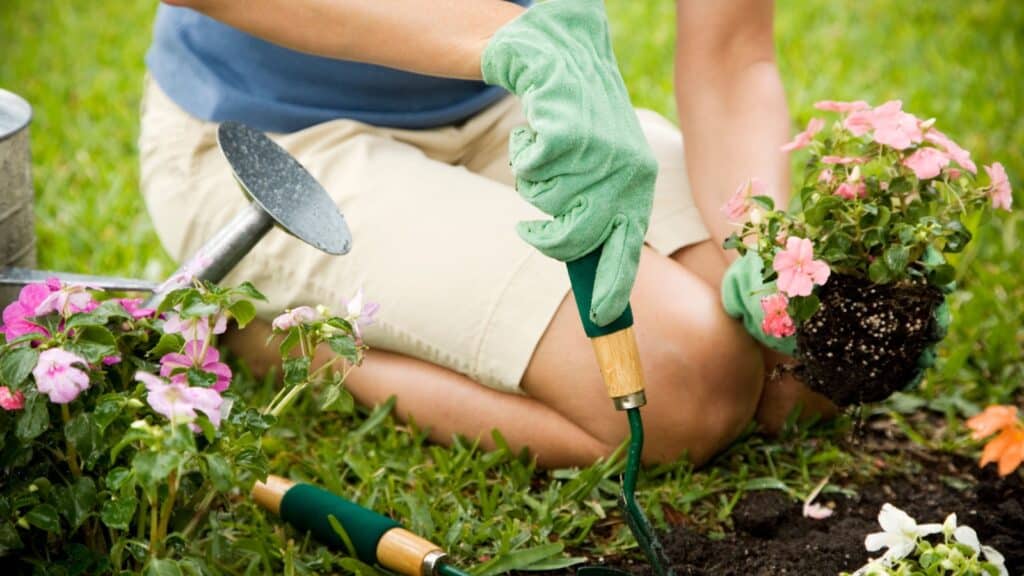
These worms rapidly consume organic matter in the topsoil, including leaf litter and other organic debris, which is crucial for nutrient cycling and soil structure. They leave behind castings that, unlike earthworm castings, are devoid of nutrients, altering the composition and texture of the soil in negative ways. Their activity leads to the transformation of the soil into a granular structure that resembles coffee grounds, which is less capable of retaining moisture and more prone to erosion.
Loss of Nutrients
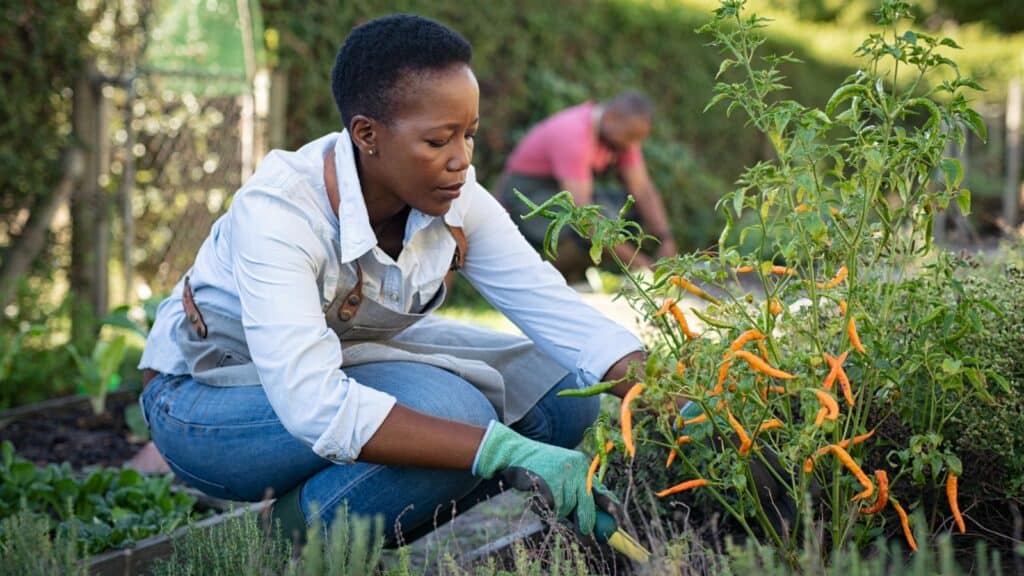
By consuming the organic layer rapidly, jumping worms release nutrients at a rate that exceeds the capacity of the ecosystem to absorb them. This can lead to nutrient leaching, where essential nutrients are washed away from the soil, reducing soil fertility and affecting plant health.
Impact On Plant Growth
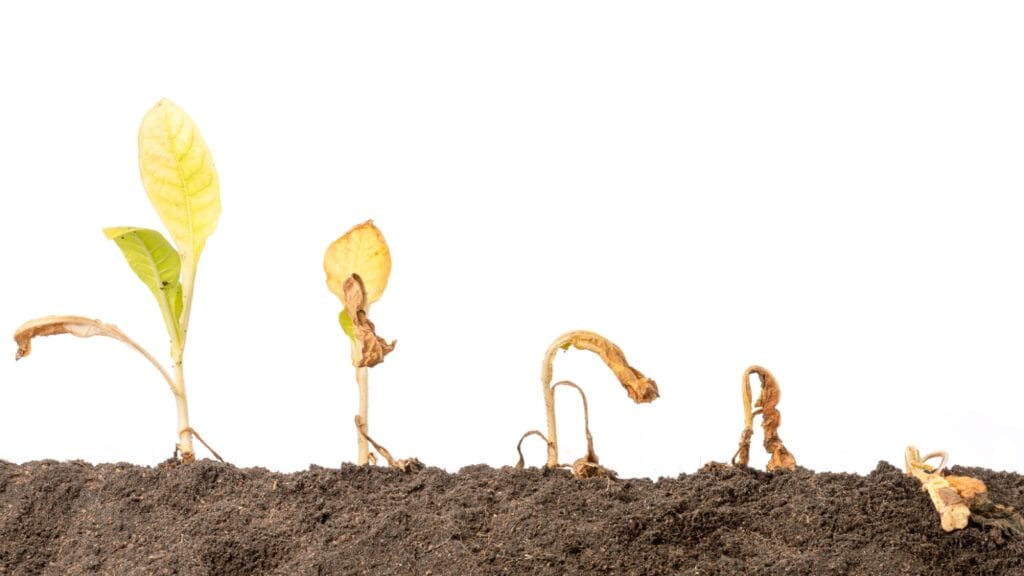
The altered soil structure and nutrient imbalance can severely affect plant growth. The rapid decomposition of organic matter does not allow plants to adapt to the sudden changes in soil chemistry, leading to poorer plant health and growth.
Biodiversity Loss

The aggressive feeding behavior and rapid reproduction of jumping worms diminish the leaf litter layer that many forest floor species rely on for habitat, food, and nesting. This can lead to a reduction in biodiversity, particularly affecting native plants, fungi, and microorganisms that depend on a stable organic layer.
Disruption of Ecosystems
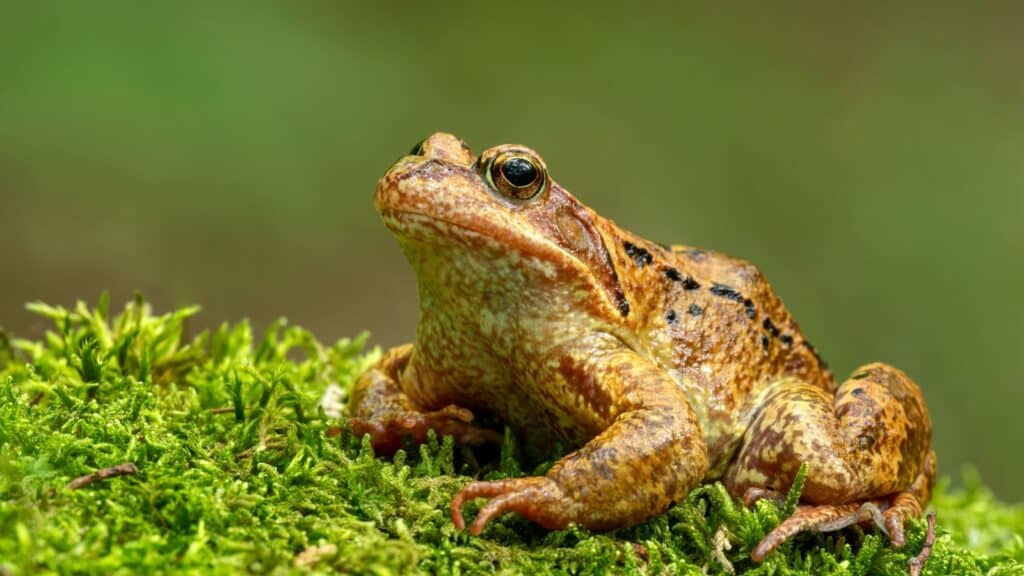
Jumping worms outcompete native earthworm species and other soil invertebrates, leading to shifts in the soil fauna community. This disruption can have cascading effects on the food web, affecting species that rely on these invertebrates for food, such as birds and small mammals.
Facilitation of Invasive Plant Species
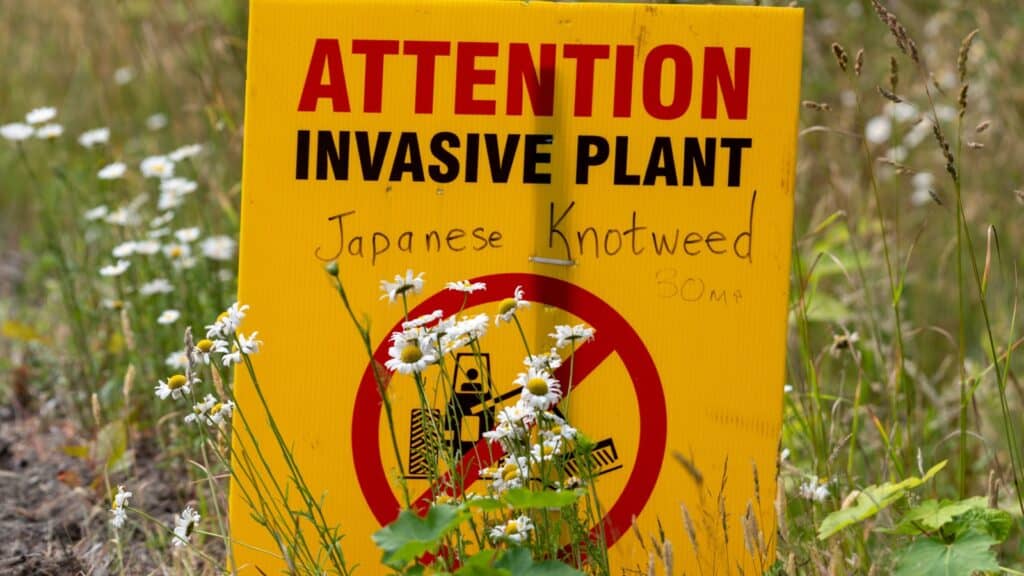
The soil conditions created by jumping worms are often more favorable for invasive plant species, which can further displace native flora. The disturbed soil makes it easier for invasive species to establish and spread, compounding the impact on native ecosystems.
Long Term Effects

The presence of Asian jumping worms in North American ecosystems represents a significant ecological challenge. Their ability to alter soil properties and nutrient cycles fundamentally changes the habitats they invade, leading to long-term ecological consequences and the degradation of native plant and animal communities.
Can Jumping Worms Be Controlled?

Efforts to control and manage their spread are essential to mitigate their negative effects and protect biodiversity. To control jumping worms in your garden, you can take the following measures:
Inspect New Plants
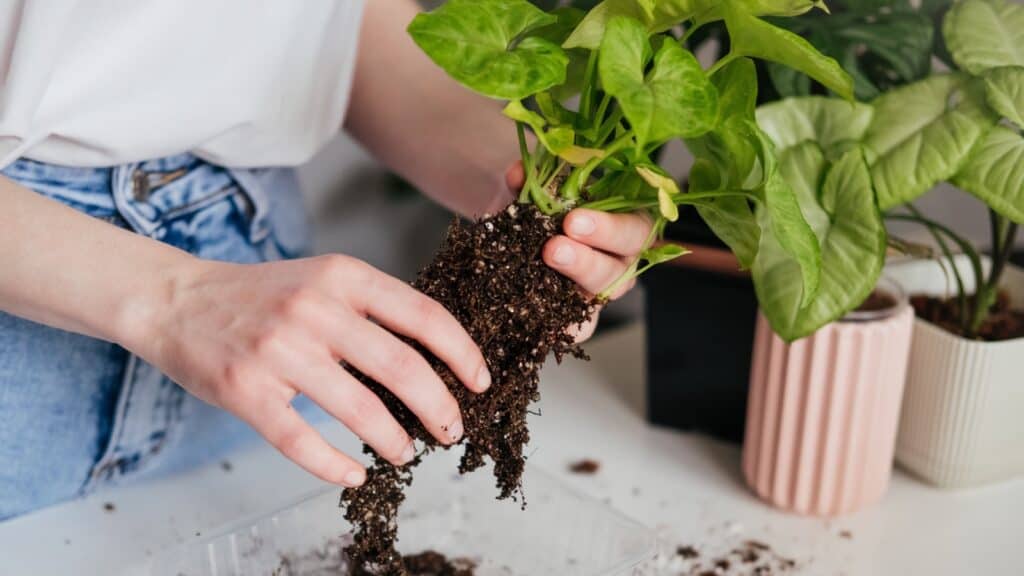
Carefully check any new soil in containers or bulk purchases for jumping worms before introducing them to your garden.
Avoid Discarding Bait
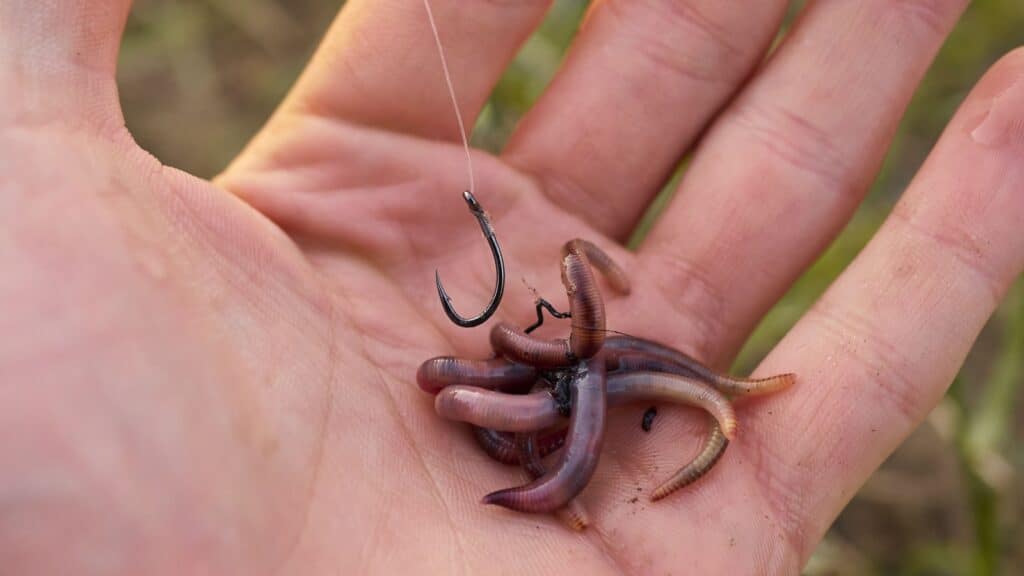
Do not discard unused fishing bait worms into the soil, as they may be jumping worms.
Use Mustard Solution

Mix a gallon of water with 1/3 cup of ground yellow mustard seed and pour this slowly into the soil to irritate the worms and bring them to the surface for removal.
Solarize The Soil
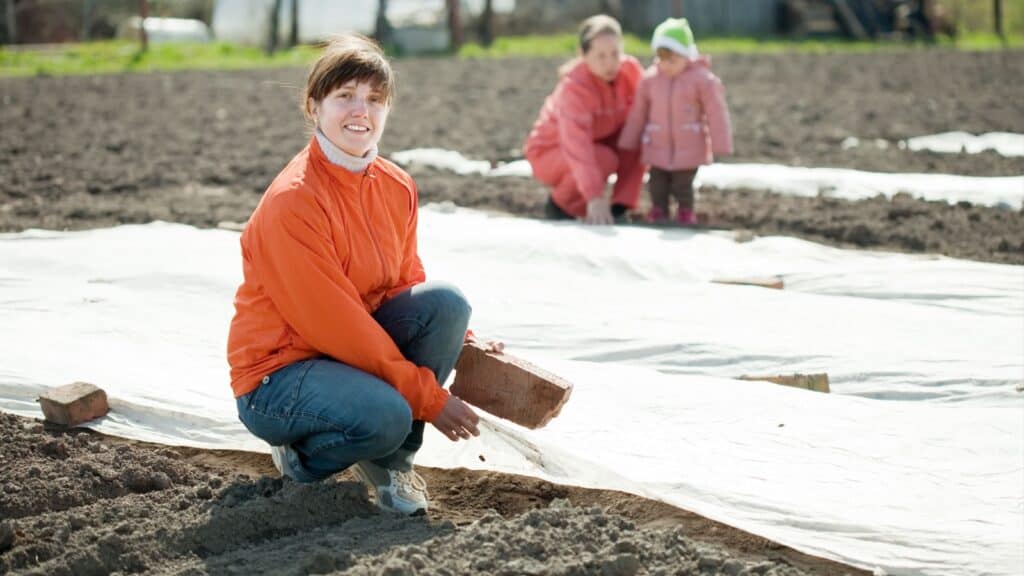
Wet the area and cover it with clear polyethylene to heat the soil above 104 degrees Fahrenheit for at least three days to kill cocoons.
Handpick Adult Worms
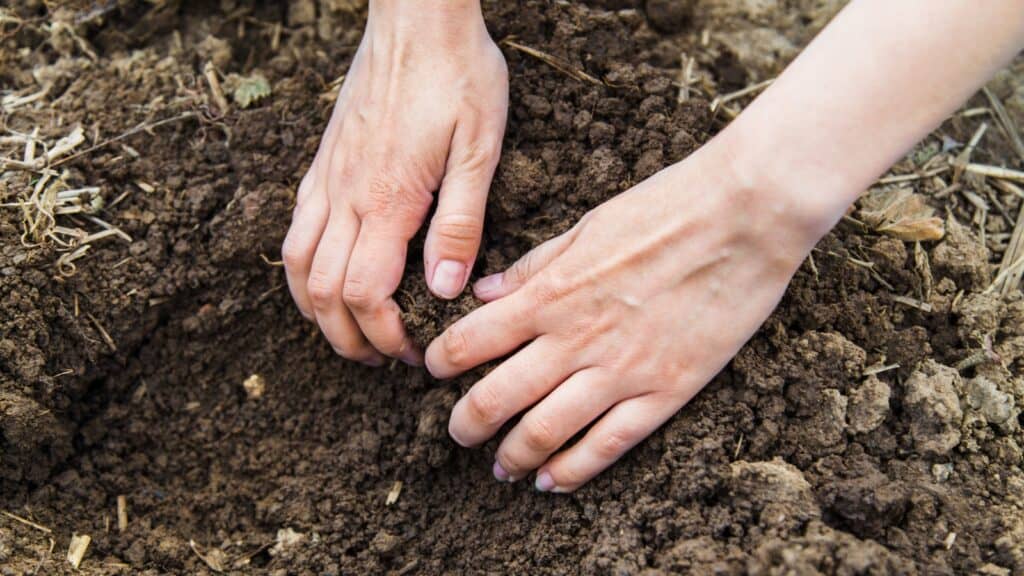
Remove adult jumping worms by hand and dispose of them in a plastic bag in the sun before throwing them in the trash.
Purchase Heat-Treated Mulch
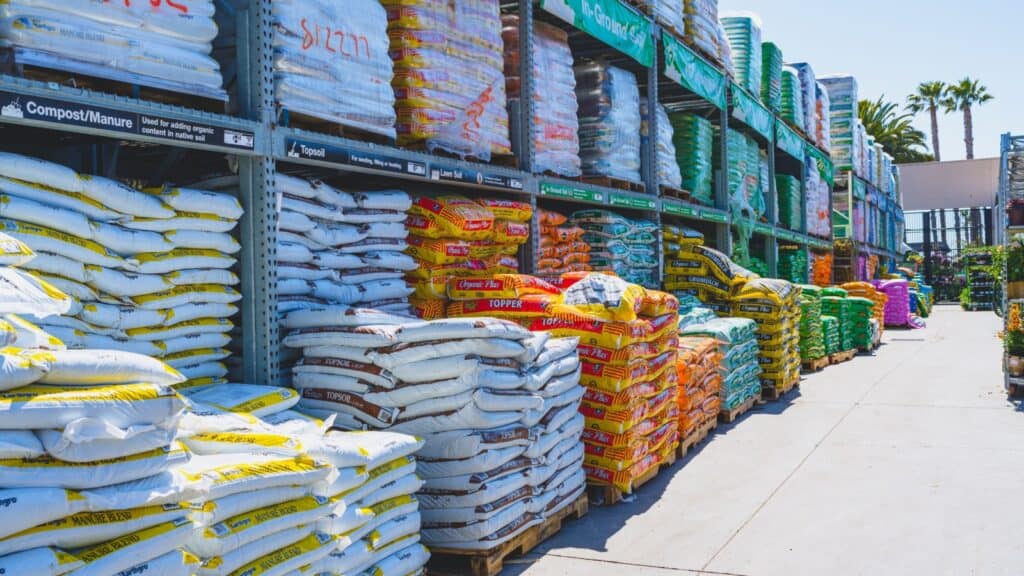
Buy mulch from a reputable producer that has been heated to 130 degrees F for at least 3 days to ensure it is free of jumping worm cocoons.
Clean Tools & Footwear
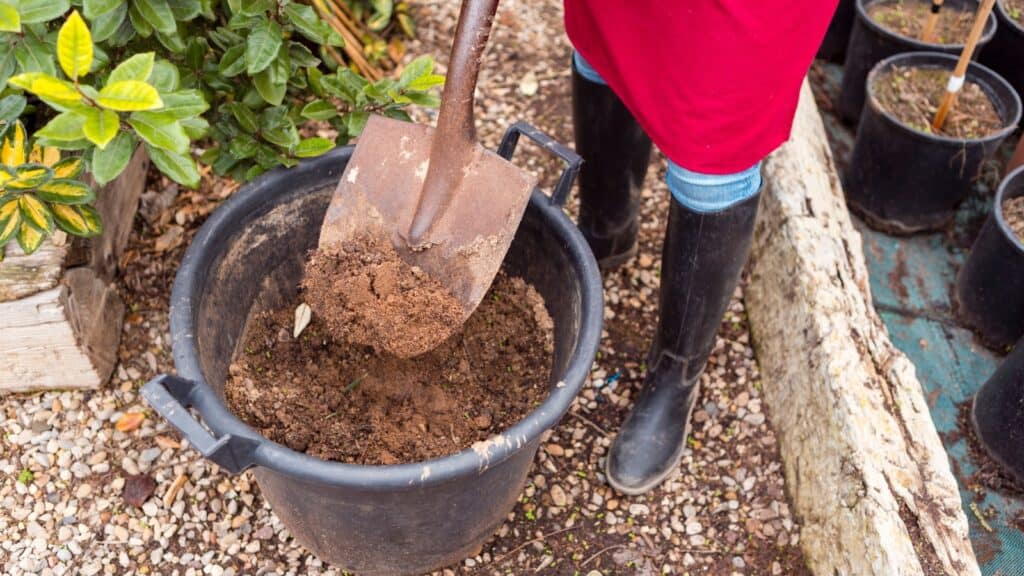
After gardening, clean and dry your tools and footwear to prevent the spread of cocoons.
Practice Good Plant Sanitation
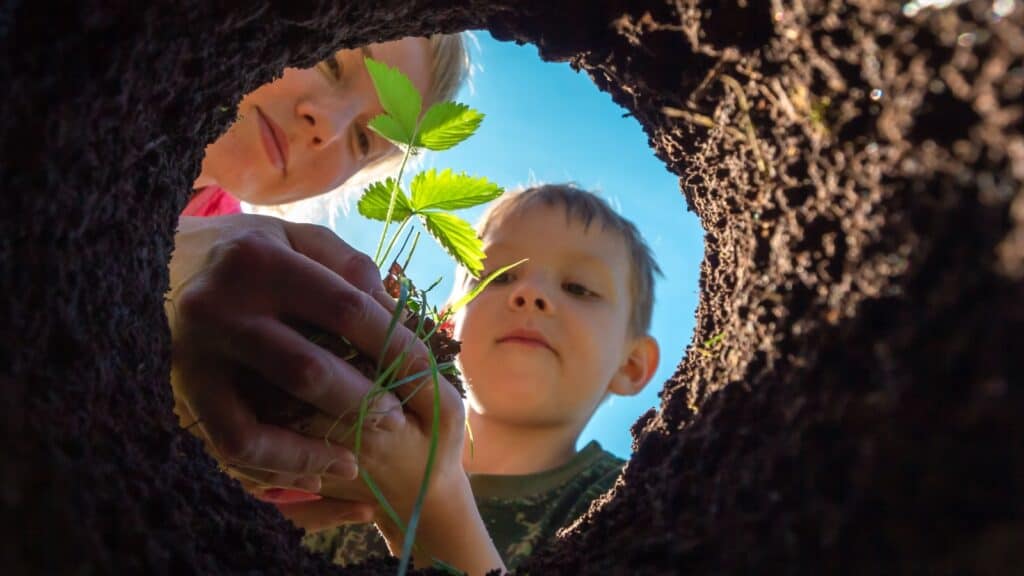
When digging and moving plants, remove excess soil around roots and use clean potting mix for plant divisions.
Report Sightings

If you find jumping worms, report the sightings to local extension services or appropriate authorities to help track and manage the spread.
There Are No Effective Pesticides

Unfortunately, at this time there are no known pesticides available to treat them.
Educate & Share Information

Become knowledgeable about jumping worms and share this information with other gardeners to promote awareness and good sanitation practices.
It’s important to note that while these methods can help control the spread of jumping worms, there are currently researchers are still studying how to effectively control these worms. Therefore, prevention and containment are key strategies in managing jumping worm populations.
Author
 Dede Wilson is a journalist with over 17 cookbooks to her name and is the co-founder and managing partner of the digital media partnership Shift Works Partners LLC, currently publishing through two online media brands, FODMAP Everyday® and The Queen Zone. View all posts
Dede Wilson is a journalist with over 17 cookbooks to her name and is the co-founder and managing partner of the digital media partnership Shift Works Partners LLC, currently publishing through two online media brands, FODMAP Everyday® and The Queen Zone. View all posts
